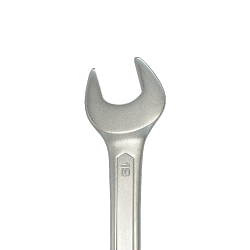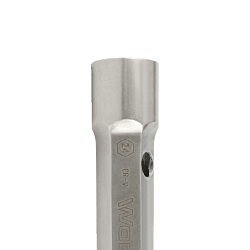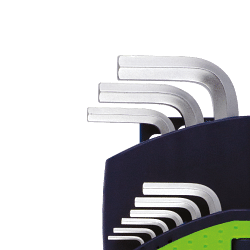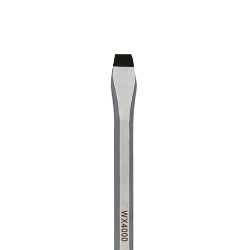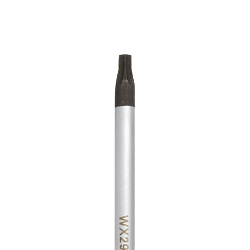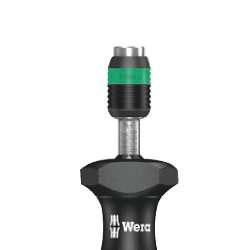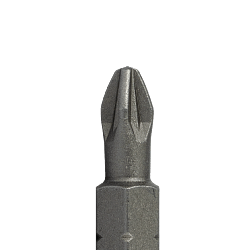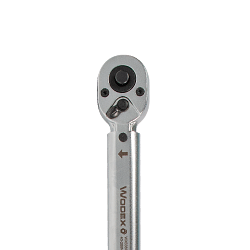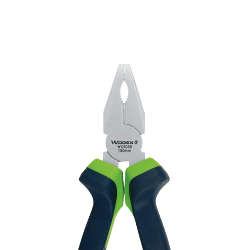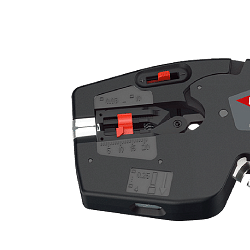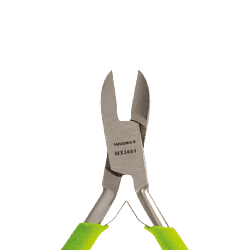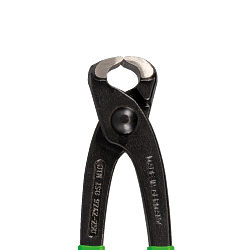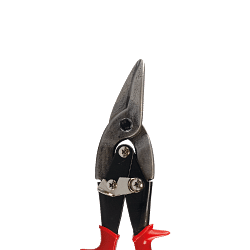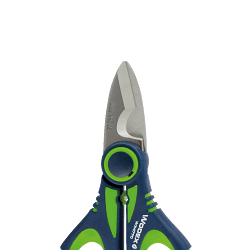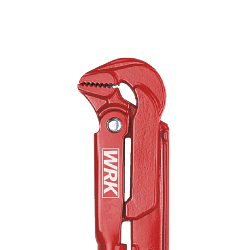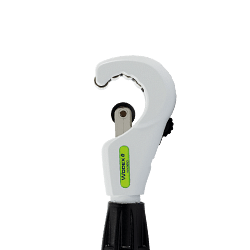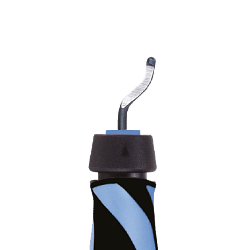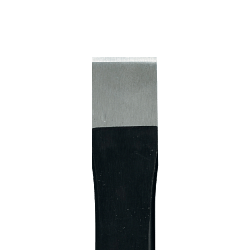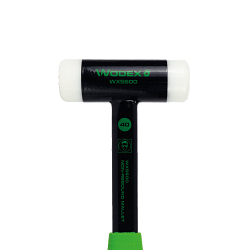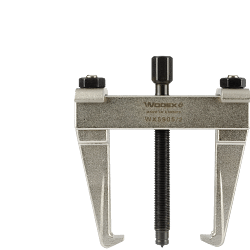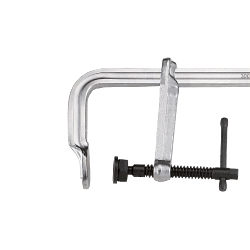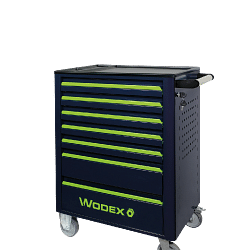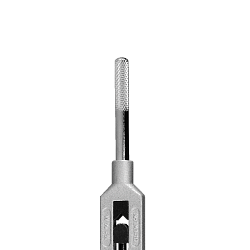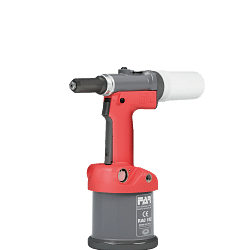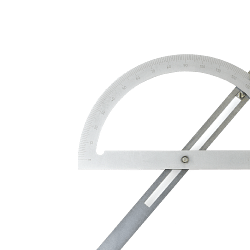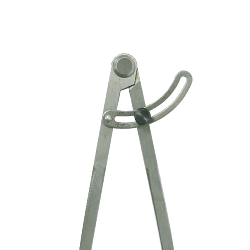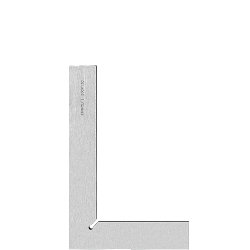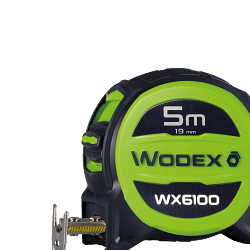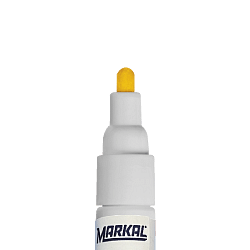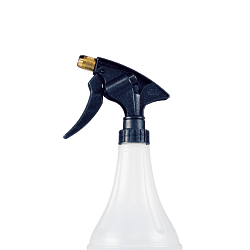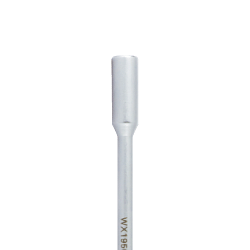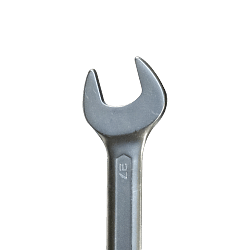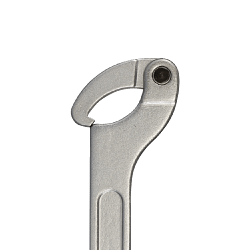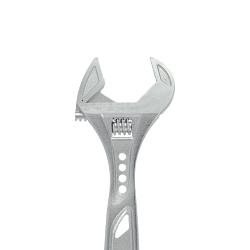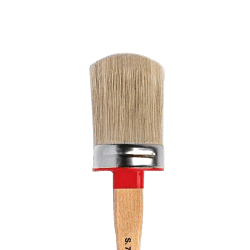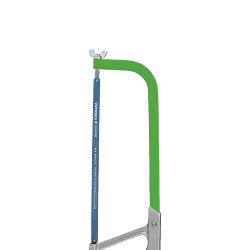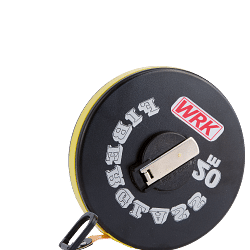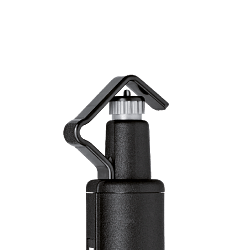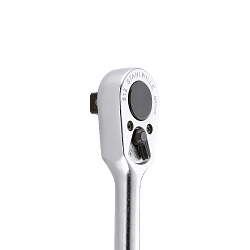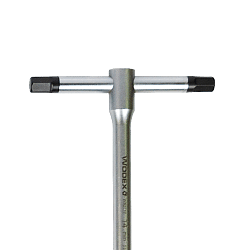Register and use the discount code NEWWELCOME to get 10% off on your first purchase. GET DISCOUNT.
Register and use the discount code NEWWELCOME to get 10% off on your first purchase. GET DISCOUNT.
Register and use the discount code NEWWELCOME to get 10% off on your first purchase. GET DISCOUNT.
Free shipping in 24h from 200€
Catalogues
Customer service
How can we help you?
- Faq
- Customer service
02.927371
- Supporting big orders
02.38298620
-
info@linkindustrialtools.it
- Request assistance with form
Or contact us with the chat in the lower right corner
- All products
 Integral cutting tools
Integral cutting tools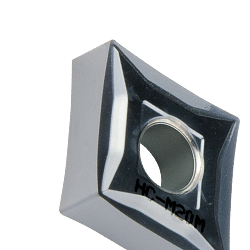 Turning tools
Turning tools Thread tools
Thread tools Thread tools
Thread tools- All products
- Thread inserts
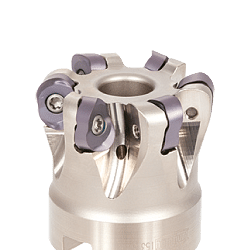 Milling cutters
Milling cutters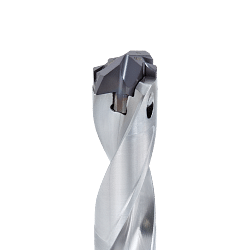 Drilling tools
Drilling tools Drilling tools
Drilling tools- All products
- Indexable drill bits
- Indexable drill heads
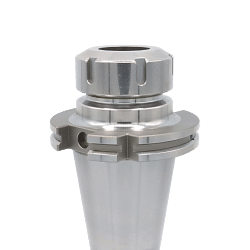 Clamping systems
Clamping systems Measuring and precision tools
Measuring and precision tools Measuring and precision tools
Measuring and precision tools- All products
- Digital calipers with readings to 0.01
- Analogue calipers
- Digital micrometers
- Analogue micrometers
- Bore gauges
- Snap gauges
- Digital gauges
- Analogue gauges
- Touch probes
- Zero setters and edge finders
- Inspection plates
- Altimeters
- Height gauges
- Squares and levels
- Threaded rings
- Gauge blocks
- Calibrated tapes and thickness gauges
- Digital and analogue hardness testers
- Roughness testers
- Microscopes, lenses and visors
- Digital thermo-hygrometer to measure moisture
- Reset benches
- Optical profile projector
- Professional, digital dynamometers
- Laboratory scales
- Digital amperometric pliers
- Thickness and adhesion gauges
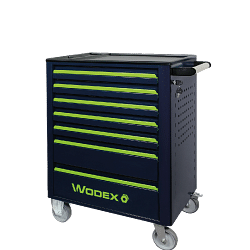 Hand tools
Hand tools Hand tools
Hand tools- All products
- Combination wrenches
- Spanners
- Hook wrenches
- Tubular wrenches
- Hexagon keys
- Torx wrench
- Socket wrenches
- Screwdrivers
- Torque wrenches
- Torque screwdriver
- Inserts and bits for screw drivers
- Tool trolleys
- Workshop pliers
- Wire strippers
- Cable strippers
- Cutting nippers
- Professional scissors
- Nippers
- Professional shears
- American or Swedish pipe wrench
- Adjustable wrench
- Pipe tools
- Pipe cutter for plumber
- Cutter
- Hacksaws
- Deburring tools
- Chisels
- Hammers and mallets
- Mechanical and conical pullers
- Clamps
- Tap wrenches and die stocks
- Riveters
- Flexometers
- Tape measures
- Markers
- Flat squares and rulers
- Professional dividers
- Professional protractors
- Brushes
- Lubricators and spray nozzles
- T-wrenches
- Reversible ratchets
 Abrasives
Abrasives Abrasives
Abrasives- All products
- Cutting discs
- Deburring grinding wheel
- Flap discs
- Fabric discs for surface treatment
- Abrasive fibre discs with Velcro
- Abrasive cloth in rolls, sheets and bands
- Flap wheels with pin and abrasive wheel with hole
- Abrasive wheels for buffing machines
- Abrasive spiral bands
- Abrasive brushes
- Flexible sanders
- Mounted grinding discs
- Polishing felt
- Solid carbide rotary cutters
- HSS rotary cutters
- Abrasive wheels for sharpening and grinding
- Diamond grinding wheels
- Grinding stone
- Diamond paste
- Abrasive stones
- Files and rasps
- Diamond files
- Grinders and polishing equipment
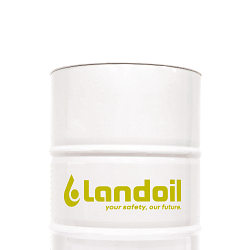 Lubricants for machine tools
Lubricants for machine tools Lubricants for machine tools
Lubricants for machine tools- All products
- Water-miscible coolants
- Neat cutting oil
- Minimal lubrication systems
- Oil for guides and slides
- Drums of hydraulic oil fluid
- Anti-freeze for machine tools
- Air coolers
- Oil separator
- Powders and absorbents for oil
- Aspirators for oil mist
- Accessories for cooling lubricants
- Metal and mould protectors
- Grease and paste
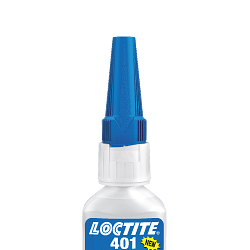 Chemical, adhesives and sealants
Chemical, adhesives and sealants Chemical, adhesives and sealants
Chemical, adhesives and sealants- All products
- Acrylic, cyanoacrylate and epoxy adhesives
- Guns and silicon sealant
- Threadlocker
- Sealants and retainers
- Release agents, lubricants and anti-seize
- Zinc spray and polishes
- Lubrication accessories
- Protections for maintenance
- Industrial Cleansing
- Handwash
- Industrial cloths and rags
- Welding machines
- Electrodes
- Clamps, shields and welding masks
- Antispatter
 Safety equipment
Safety equipment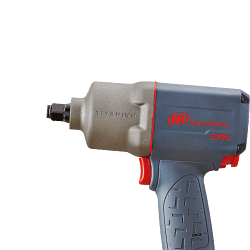 Pneumatics
Pneumatics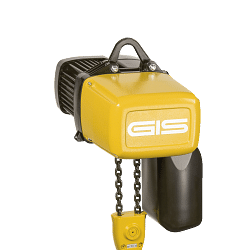 Lifting systems
Lifting systems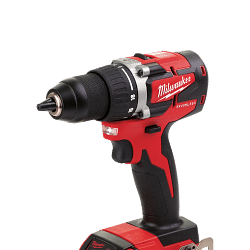 Workshop equipment
Workshop equipment Workshop equipment
Workshop equipment- All products
- Column and bench drills
- Accessories for lathes
- Band saws
- Cut-off machines
- Bench grinders
- Power tools
- Spare parts and accessories for Power Tools
- Saws and hole cutters: wood, metal and plasterboard
- Tapered cutters for sheet metal
- Industrial aspirators
- Fume aspirators
- Bench vices
- Technical lamps
- LED torches
- Industrial cable winders
- Trolley wheels
- Quick clamps
- Threaded inserts
- Control knobs
- Packaging accessories and material
- Belt sanders
- Electric tapping machines
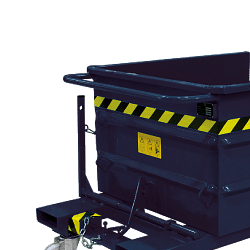 Furnishings and storage
Furnishings and storage Furnishings and storage
Furnishings and storage- All products
- Work benches
- Swivel chairs for office use
- Drawer units for workshops
- Industrial cabinets for warehouses and workshops
- Tool cabinets
- Security cabinets
- Changing room cabinets
- Containers for small metal parts
- Scrap holders
- Workshop trolleys
- Spill pallets for drum storage
- Shelves for warehouses and offices
- Cantilever shelving
- Aluminium ladders
- Modular plinths
- Units and cabinets for waste recycling
 Brand
BrandPromotions
 Bestseller
Bestseller- Catalogues
-
Catalogues
Customer service
How can we help you?
- Faq
- Customer service
02.927371
- Supporting big orders
02.38298620
-
info@linkindustrialtools.it
- Request assistance with form
Or contact us with the chat in the lower right corner
< Hand tools
- Home
- Hand tools
- Reversible ratchets
Reversible ratchets
Reversible ratchets are an essential tool in the world of machine shops, an industry where precision and reliability are paramount. These tools, also known as ratchet spanners, are designed to facilitate the tightening and loosening of bolts and nuts, offering unparalleled efficiency. In this in-depth look, we will explore in detail what reversible ratchets are, how they work, their advantages and practical applications in machine shops.
What are reversible ratchets?
Reversible ratchets are hand tools that allow a torque force to be applied to nuts and bolts. Their main feature is the ability to reverse the direction of movement without having to remove the tool from the nut or bolt. This is made possible by an internal mechanism that allows the direction of the ratchet to be changed with a simple movement of the lever. The ratchet head is equipped with a ratchet mechanism that allows it to rotate in one direction while locking the movement in the other, making the tightening or loosening process faster and more efficient.
Advantages of reversible ratchets
The use of reversible ratchets offers numerous advantages, making them an indispensable tool in machine shops. Firstly, their ability to reverse direction without having to remove the tool saves time and reduces operator fatigue. Furthermore, reversible ratchets are designed to offer greater precision in tightening, reducing the risk of damaging mechanical components. Their versatility makes them suitable for a wide range of applications, from working on cars and motorbikes to servicing industrial machinery.
How to use reversible ratchets
Using reversible ratchets is relatively simple, but requires some care to ensure optimal results. Before starting, it is important to select the correct ratchet and socket size for the nut or bolt you intend to work on. Once the appropriate tool has been selected, place the socket on the nut or bolt and make sure it is well aligned. Use the ratchet lever to set the desired direction, then apply steady pressure to tighten or loosen the component. It is essential to avoid applying excessive force, which could damage the ratchet or the component being worked on.
Practical applications in machine shops
Reversible ratchets find application in a wide range of contexts within machine shops. They are particularly useful in vehicle maintenance and repair work, where speed and precision are essential. For example, when replacing a wheel, a reversible ratchet allows nuts to be removed and reinstalled with ease, reducing the time needed to complete the operation. They are also used in the maintenance of industrial machinery, where the ability to work in confined spaces and apply controlled force is crucial.
Frequently asked questions about reversible ratchets
1. What is the difference between a reversible ratchet and a spanner?
The main difference lies in the operating mechanism. Whereas a spanner requires removal and repositioning for each rotation, a reversible ratchet allows you to continue rotating in the same direction without having to remove it, thanks to its ratchet mechanism.
2. Are reversible ratchets suitable for all types of nuts and bolts?
Reversible ratchets are available in different sizes and configurations, making them suitable for most nuts and bolts. However, it is important to select the correct socket size to ensure a secure fit and prevent damage.
3. How is a reversible ratchet maintained?
Maintenance of reversible ratchets is essential to ensure their longevity and efficiency. It is advisable to regularly clean the ratchet mechanism and apply an appropriate lubricant to keep the movement smooth. In addition, it is important to periodically inspect the tool for signs of wear or damage.
4. What are the most common materials used for reversible ratchets?
Reversible ratchets are generally made of chrome vanadium steel, a material known for its strength and durability. Some models may include plastic or rubber components to improve ergonomics and comfort during use.
5. Can a reversible ratchet be used in wet or corrosive environments?
Although reversible ratchets are designed to withstand harsh conditions, it is important to take precautions when working in wet or corrosive environments. Applying a protective coating or using tools specifically designed for such conditions can help prevent corrosion and extend the life of the tool.
In conclusion, reversible ratchets are indispensable tools in machine shops, offering efficiency, precision and versatility. Their ability to facilitate the tightening and loosening of nuts and bolts makes them an ideal choice for professionals and enthusiasts alike. With proper selection, use and maintenance, reversible ratchets can significantly improve productivity and quality of work in any machine shop.
Read More Read LessWhat are reversible ratchets?
Reversible ratchets are hand tools that allow a torque force to be applied to nuts and bolts. Their main feature is the ability to reverse the direction of movement without having to remove the tool from the nut or bolt. This is made possible by an internal mechanism that allows the direction of the ratchet to be changed with a simple movement of the lever. The ratchet head is equipped with a ratchet mechanism that allows it to rotate in one direction while locking the movement in the other, making the tightening or loosening process faster and more efficient.
Advantages of reversible ratchets
The use of reversible ratchets offers numerous advantages, making them an indispensable tool in machine shops. Firstly, their ability to reverse direction without having to remove the tool saves time and reduces operator fatigue. Furthermore, reversible ratchets are designed to offer greater precision in tightening, reducing the risk of damaging mechanical components. Their versatility makes them suitable for a wide range of applications, from working on cars and motorbikes to servicing industrial machinery.
How to use reversible ratchets
Using reversible ratchets is relatively simple, but requires some care to ensure optimal results. Before starting, it is important to select the correct ratchet and socket size for the nut or bolt you intend to work on. Once the appropriate tool has been selected, place the socket on the nut or bolt and make sure it is well aligned. Use the ratchet lever to set the desired direction, then apply steady pressure to tighten or loosen the component. It is essential to avoid applying excessive force, which could damage the ratchet or the component being worked on.
Practical applications in machine shops
Reversible ratchets find application in a wide range of contexts within machine shops. They are particularly useful in vehicle maintenance and repair work, where speed and precision are essential. For example, when replacing a wheel, a reversible ratchet allows nuts to be removed and reinstalled with ease, reducing the time needed to complete the operation. They are also used in the maintenance of industrial machinery, where the ability to work in confined spaces and apply controlled force is crucial.
Frequently asked questions about reversible ratchets
1. What is the difference between a reversible ratchet and a spanner?
The main difference lies in the operating mechanism. Whereas a spanner requires removal and repositioning for each rotation, a reversible ratchet allows you to continue rotating in the same direction without having to remove it, thanks to its ratchet mechanism.
2. Are reversible ratchets suitable for all types of nuts and bolts?
Reversible ratchets are available in different sizes and configurations, making them suitable for most nuts and bolts. However, it is important to select the correct socket size to ensure a secure fit and prevent damage.
3. How is a reversible ratchet maintained?
Maintenance of reversible ratchets is essential to ensure their longevity and efficiency. It is advisable to regularly clean the ratchet mechanism and apply an appropriate lubricant to keep the movement smooth. In addition, it is important to periodically inspect the tool for signs of wear or damage.
4. What are the most common materials used for reversible ratchets?
Reversible ratchets are generally made of chrome vanadium steel, a material known for its strength and durability. Some models may include plastic or rubber components to improve ergonomics and comfort during use.
5. Can a reversible ratchet be used in wet or corrosive environments?
Although reversible ratchets are designed to withstand harsh conditions, it is important to take precautions when working in wet or corrosive environments. Applying a protective coating or using tools specifically designed for such conditions can help prevent corrosion and extend the life of the tool.
In conclusion, reversible ratchets are indispensable tools in machine shops, offering efficiency, precision and versatility. Their ability to facilitate the tightening and loosening of nuts and bolts makes them an ideal choice for professionals and enthusiasts alike. With proper selection, use and maintenance, reversible ratchets can significantly improve productivity and quality of work in any machine shop.


